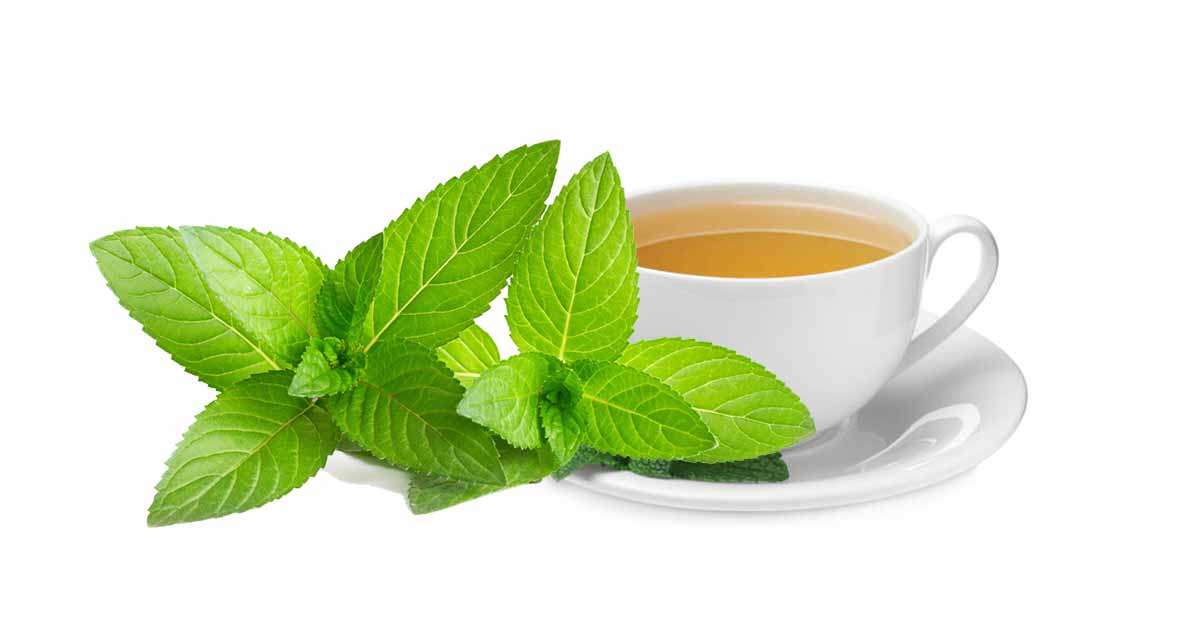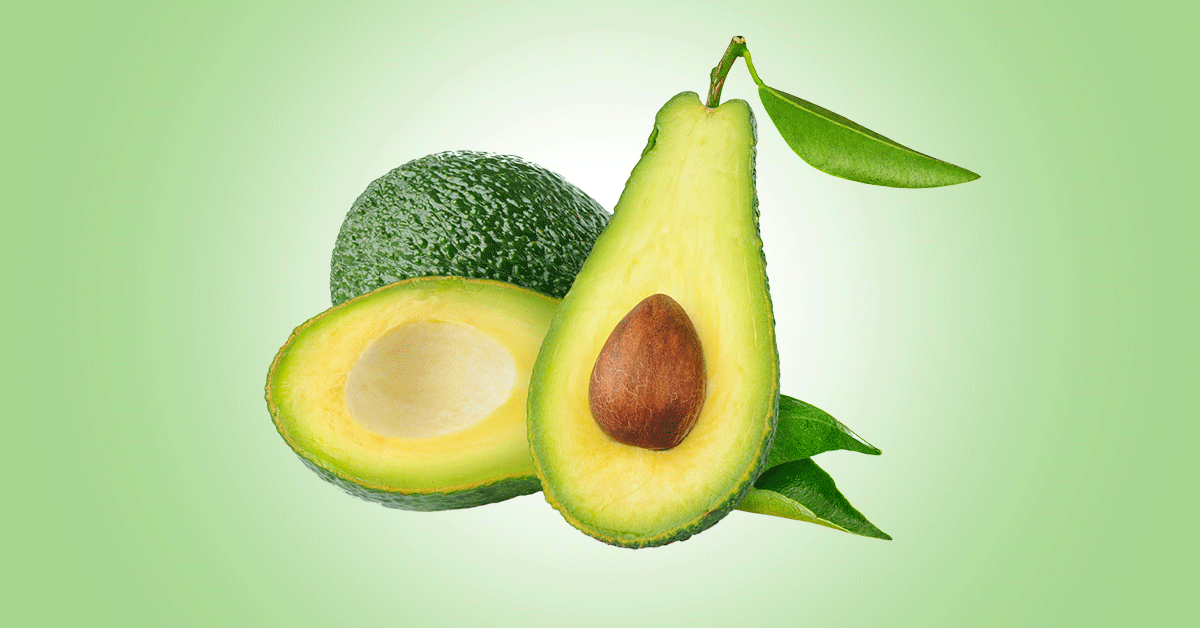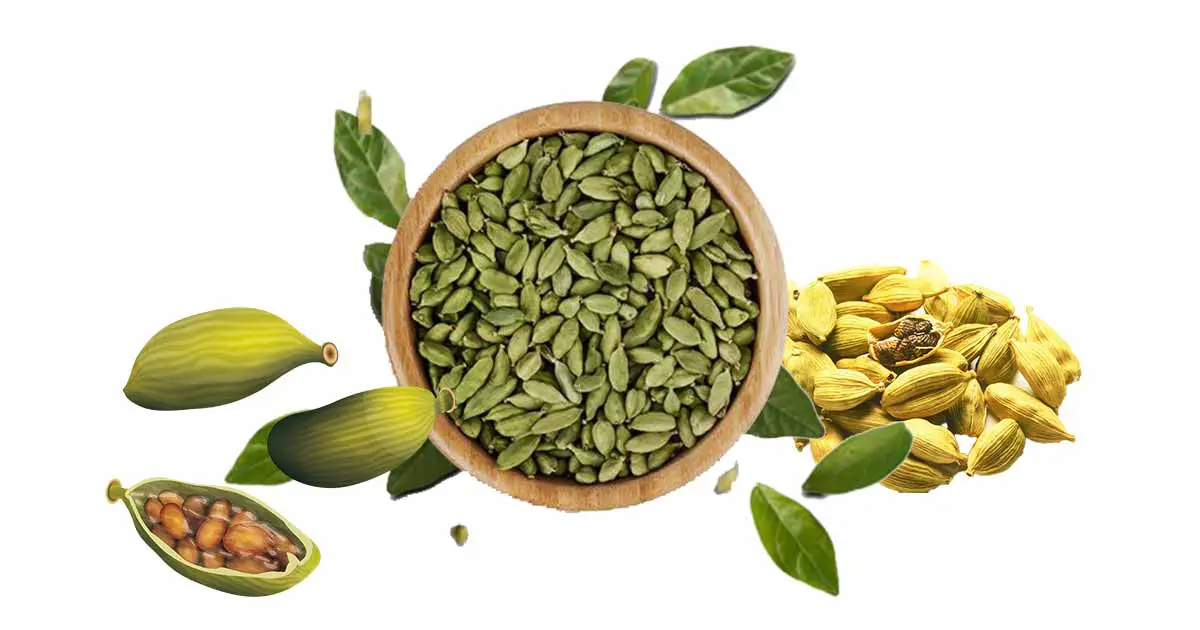Spearmint, also called English mint (Mentha viridis, or Mentha spicata), is a herbaceous perennial plant from a creeping rhizome. The plant, that can grow up to 30–100 cm tall, is from the Lamiaceae family. The genus “Mentha” is from a Greek word, “Minthe”, also “Menthe”.
Other names of spearmint include brown mint, garden mint, lady’s mint, and sage of Bethlehem.
The leaves are light green, broad, ovate to spear-shaped (lanceolate) with deep veins and serrate leaf margin. It has the opposite arrangement and is mostly hairless on both sides. If you rub the leaves together, it releases a minty fragrance. The leaves have aromatic odor and pungent taste, but no cooling effect, unlike peppermint and Japanese mint.
The flowers are long pink or white flowers, arranged in spike inflorescence, tubular and 4-lobed. Fruits are smooth, ovate small nuts with a hairy apex. The small nuts are one-seeded fruits produced when the seed-bearing structure fragments. Each flower produces four nuts.
Spearmint is native to northern England, but cultivated in America, Europe, China, South Africa and Brazil
Medicinally, the leaves inhibit fungi. It also has a stimulant effect, and affect hormone levels in the body, such as testosterone. It has been used to treat headaches, fever, and digestive problems. In traditional medicine, the leaves, stem, and flowers infusion and decoction are used to treat diabetes, tiredness, headache, toothache, skin diseases, aphrodisiac, cold, flatulence.
The essential oils are used in dental products like toothpaste, mouthwashes, chewing gums, confectionary. It is also inhaled to relieve colds, flu, gastralgia, hemorrhoids. The essential oils are also used to fragrance perfumes, shampoos, and soaps.
The leaves of spearmint are used in cuisines, and to flavor teas, desserts, candies, vegetable dishes and sauces. It can be eaten fresh or used in salads. As an antioxidant, it is used to preserve meat.
Composition
Spearmint contains polyphenols, flavonoids, tannins, sterols, alcohols, alkenes, carbonyl, carboxylic acids, triterpenes, and glycosides
- Phenolic acids: Hydroxycinnamic, ferulic, sinapic, rosmarinic, caftaric, caffeic, p-coumaric, chlorogenic, salvianolic, and caffeoylquinic acids.
- Fatty acids: Oleic acid, linoleic acid, α-Linolenic acid, palmitic acid, stearic acid, c-Linolenic acid, and stearidonic acid.
- Flavonoids: Catechin, epicatechin, rutin, quercetin, myricetin, luteolin, and apigenin, naringenin.
- Phytosterols: ergosterol, stigmasterol, and beta-sitosterol.
Essential Oils
The phenolic compound, carvone, is the most important constituent in spearmint aerial part. It gives the characteristic smell of peppermint.
This is followed by limonene, and other constituents such as β – myrcene, menthol, β-caryophyllene, germacrene trans-carveol, piperitone, Γ-terpinene, dihydrocarvyl acetate, menthone, α-pinene, camphene, L-carveol, β–bourbonene, linalool, terpinen-4-ol, trans-caryophyllene, Ɑ-terpinol, 1,8-cineole, γ – amorphene, dihydrocarveol 0.22 ɑ-amorphene, cis-dihydrocarveol, dihydrocarvone, pulegone.
Minerals and Vitamins
Minerals: Calcium, iron, zinc, sodium, potassium, copper, magnesium, manganese, selenium, phosphorus.
Vitamins: r-tocopherol, and vitamin D3
Spearmint Tea
Spearmint is used to make an aromatic, minty and sweet herbal tea. The tea made from the leaves has been used in the treatment of fevers, acne, weight loss, bloating, flatulence, inflammation, headaches, digestive disorders, and various minor ailments.
The tea has is stomachic, antiemetic, stimulant, antispasmodic, diuretic, carminative, and restorative effect. Spearmint may also have antiandrogenic properties in females with hirsutism. It reduces hairs in faces, breasts, and stomachs.
Spearmint tea also helped to relieve polycystic ovary syndrome (PCOS), a hormonal disorder that affect women in reproductive stage. PCOS causes irregular periods due to infrequent ovulation.
Health Benefits of Spearmint
Spearmint has antioxidant, anti-inflammatory, antimicrobial, sedative, carminative, antispasmodic and diuretic activity, among others.
Antimicrobial activity: Carvone, a constituent in spearmint, is both antibacterial and antifungal. It also repels insects. The essential oils from the leaves and aerial parts inhibit bacteria such as Staphylococcus aureus, Bacillus cereus, Streptococcus pneumoniae, Escherichia coli, Streptococcus pyogenes, Bacillus subtilis, Staphylococcus epidermidis, Proteus vulgaris, Shigella flexneri, Vibrio cholerae, Klebsiella pneumoniae, Listeria monocytogenes, P. aeruginosa, Salmonella typhi, Listeria monocytogenes, Streptococcus pneumoniae.
Antifungal activity: The root extract of spearmint inhibits fungi such as A. niger, C. albicans, C. neoformans, M. audouinii. The essential oils from the aerial parts and the leaves inhibits Candida glabrata, A. niger, A. flavus, V. dahliae, F. oxysporum, C. albicans, R. solani, Saccharomyces cerevisiae, Aspergillus fumigatus, Cladosporium cladosporioides, Mucor ramamnianus, among others.
Antiparasitic activity: The essential oils of spearmint is acaricidal against Tetranychus turkestani and Varroa destructor.
Insect repellant effect: Spearmint essential oils repel Rhyzopertha dominica, and the insect pest Callosobruchus chinensis, larvae and adults of Culex quinquefasciatus, rice weevil Sitophilus oryzae, A. aegypti, Sitophilus granarius, Boophilus annulatus.
The insecticidal activities are also exhibited by the essential oils of other plants like peppermint, sweet basil, and lavender.
Antioxidant activity: S-carvone is a powerful antioxidant. Essential oils such as L-menthone and pulegone, and flavonoids like apigenin, are also natural antioxidants. These compounds prevent free radicals, also called reactive oxygenspecies (ROS) attack on the body cells. This is important in preventing diseases like cancer, cardiovascular diseases.
Anti-inflammatory activity: Yousuf et al. reported that the extract of M. spicata, showed strong anti-inflammatory activity against carrageen-induced paw edema in rats. The leaves extract also showed anti-inflammatory activity against cotton pellet-induced inflammation.
Jabbar and Kathem also reported ethanolic extract of M. spicata reduced inflammation on irinotecan-induced mucositis in mice.
Analgesic activity: In acetic acid-induced writhing method, the extract of spearmint exhibit analgesic activity. The anti-pyretcic activity was also observed in Brewer’s yeast-induced pyrexia in rats.
Anti-diabetic effect: Works by Al-Fartosi et al., showed that the leaf extract decrease plasma blood glucose, triglycerides, cholesterol, plasma LDL, and VLDL and increased plasma HDL levels on male rats induced with diabetic by alloxan intraperitoneal injection.
The essential oils from the leaves also inhibited α-amylase and α-glucosidase, two carbohydrate hydrolyzing enzymes that prevent the digestion of carbohydrates.
Diuretic effect: Aziz et al. reported that the extract from the aerial part of the plant increased the excretion of potassium and sodium, and induced diuresis in rat models.
Relieve nausea and vomiting: Spearmint just like ginger root can helps to relieve symptoms of nausea and vomiting, especially in pregnant women.
Side Effects
Spearmint is considered safe, but may cause allergy in some people. Large doses may harm the liver or kidney. It could also cause drowsiness and slowed breathing. Taking it with sedatives could cause increased sleepiness and breathing problems.
References
- https://www.nparks.gov.sg/florafaunaweb/flora/4/9/4946
- https://www.researchgate.net/publication/322794679_Bioactivity_and_health_effects_of_Mentha_spicata
- https://nas.er.usgs.gov/queries/greatlakes/FactSheet.aspx?Species_ID=2671
- https://www.thehealthplaceafrica.com/products/spearmint-tea
- https://medlineplus.gov/druginfo/natural/845.html#:~:text=Spearmint%20might%20cause%20sleepiness%20and,and%2For%20too%20much%20sleepiness.












